The Fascinating History of Cat Breeds
Cats have been our friends for thousands of years, and the story of cat breeds is as exciting and varied as the cats themselves. We’ll travel back in time to uncover how cat breeds have changed.
Ancient Beginnings
Cats became friends with people a very long time ago. Unlike dog breeds, we didn’t make them do particular jobs. Cats decided to live near us because they liked being warm and safe in our towns and helped with pesky rodents.
Early Breeding Efforts
Around 200 years ago, we began to make different types of cats on purpose. We didn’t do this with jobs in mind but because we liked how they looked. We chose cats with unique colors and patterns to be pet parents and made new cat breeds.
Pedigreed Cat Shows
In the 1800s, we started having cat shows in Europe and North America. People showed off their best cats, and judges decided the rules for each breed. They looked at things like fur, color, shape, and how the cats behaved.
The Persian Cat’s Influence
One of the most ancient cat breeds is the Persian. They are famous for their long, fancy fur and kind personality. Persians helped make the world of cat breeds special. People liked them so much that it made breeders want to make other kinds of cats with unique traits.
Breed Associations
Expansion of Breeds
Modern Cat Breeds
The Future of Cat Breeds
To sum up, the history of cat breeds shows how humans and cats have been friends for a long time. Cats used to be hunters, but now they are our dear companions. We keep being interested in how cats change. In the future, we can expect more exciting things in our friendship with cats.
How Many Cat Breeds Are There?
The world of cat breeds is vast and diverse, offering many options for cat enthusiasts to explore. While the total number of cat breeds may vary depending on different cat registries and organizations, approximately 60 to 70 recognized cat breeds are worldwide. Each breed of cat possesses unique characteristics, coat patterns, personalities, and histories, captivating the world of feline companionship.
Understanding Cat Breed Classification
Coat Length
One of the primary criteria for classifying breeds is coat length. Cat breeds are generally grouped into three main categories based on their fur:
Short-Haired Breeds:
Some cats have short, shiny fur. These cats are low-maintenance and perfect for people who want easy-to-care-for pets. Examples of these breeds included the American Shorthair and the sleek Egyptian Mau.
Long-Haired Breeds:
Long-haired cats are characterized by their flowing, luxurious fur. These breeds require regular grooming to prevent matting and tangles. The Persian and Maine Coon are prime examples of long-haired breeds.
Semi-Long-Haired Breeds:
This category bridges the gap between short and long fur. Cats in this group have longer hair than short-haired breeds but not as long as traditional long-haired breeds. The Siberian cat and the Norwegian Forest Cat are prominent semi-long-haired breeds.
Coat Pattern
Tabby:
Tabby cats are known for their characteristic striped, spotted, or marbled patterns. Many breeds, such as the Bengal and the Maine Coon, can have tabby designs.
Calico and Tortoiseshell:
Calico cats have fur that mixes white, black, and orange or cream colors. Tortoiseshell cats have the same colors, but they don’t have any white fur. Breeds like the Japanese Bobtail are often associated with these patterns.
Tuxedo:
Tuxedo cats sport a black coat with white markings, resembling a formal tuxedo suit. The American Shorthair is an example of a breed that can exhibit a tuxedo pattern.
Body Type
Slender:
Slender cats are typically agile and active. Breeds like the Siamese are known for their sleek, slim bodies and high energy levels.
Robust:
Robust cats have muscular builds and are often known for their strength. The British Shorthair cat is a prime example with its stocky and powerful frame.
Cobby:
Cobby cats are compact and solidly built. They may appear round and sturdy. The Scottish Fold is an example of a breed with a cobby body type.
Personality
Playfulness:
Some breeds, like the Bengal and the Abyssinian, are known for their high energy and love for play.
Affectionate:
Breeds like the Ragdoll and the Burmese are often characterized as affectionate and enjoy cuddling with their owners.
Intelligence:
Some breeds, like the Siamese and the Maine Coon, are very smart and like playing and using their minds.
Exploring Popular Cat Breeds
The world of cat breeds is fascinating. Each breed has its unique charm and traits. Let’s explore and learn about some of the most popular and exciting breeds worldwide.
Ragdoll Cats: The Gentle Giants of Affection
Ragdoll cats are a breed that combines immense size with an exceptionally gentle and affectionate nature. Their endearing personality and striking looks make them a sought-after choice among cat lovers. Let’s delve into the enchanting world of Ragdoll cats.
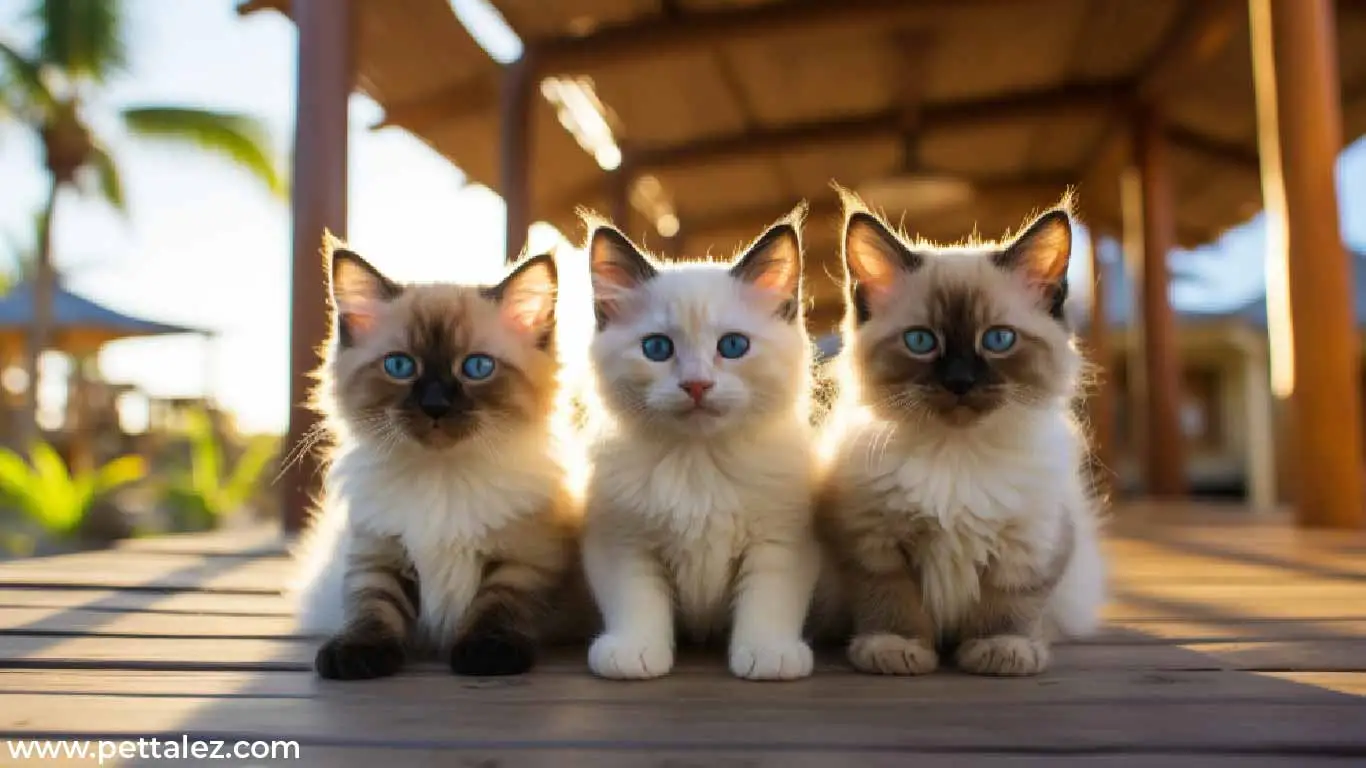
Distinctive Features
Ragdoll cats have distinctive physical characteristics that set them apart:
Large and Robust:
Bengal cats are big. Boys weigh 15-20 pounds, and girls are more minor.
Semi-Long Fur:
Ragdolls have semi-long fur with a soft and silky texture, adding to their overall charm.
Striking Blue Eyes:
Ragdolls have beautiful, deep blue eyes resembling sapphires.
Color Variations:
Ragdolls have pretty deep blue eyes that are like sapphires.
Personality
What truly distinguishes Ragdoll cats is their delightful and endearing personality:
Docile and Laid-Back:
Ragdolls are known for their obedience and a tendency to go limp when picked up, which is where their name originates.
Affectionate:
They develop close relationships with their human companions and are exceedingly caring. Ragdolls enjoy being held, cuddled, and involved in family activities.
Gentle:
Ragdolls are gentle giants known for their patience and tolerance. They often get along well with children and other pets.
Playful:
While they have a calm demeanor, Ragdolls also enjoy playtime and interactive toys.
Vocal but Soft-Spoken:
They are not overly vocal but communicate with soft and melodic voices, adding to their charm.
History and Origins
Ragdoll cats started in the 1960s. A breeder named Ann Baker in California made them. She chose cats that were gentle and looked great. Ragdolls became popular because they were so loving.
Ragdoll Cats Today
People love Ragdoll cats. They are very affectionate and gentle. They do best in homes with attention, love, and cuddles. Ragdoll cats are thought of as the perfect loving cat.
If you want a big, beautiful, and loving cat, choose a Ragdoll cat. They are gentle and caring, making homes happy with their companionship and affection.
Siamese Cats: Elegance and Personality Combined
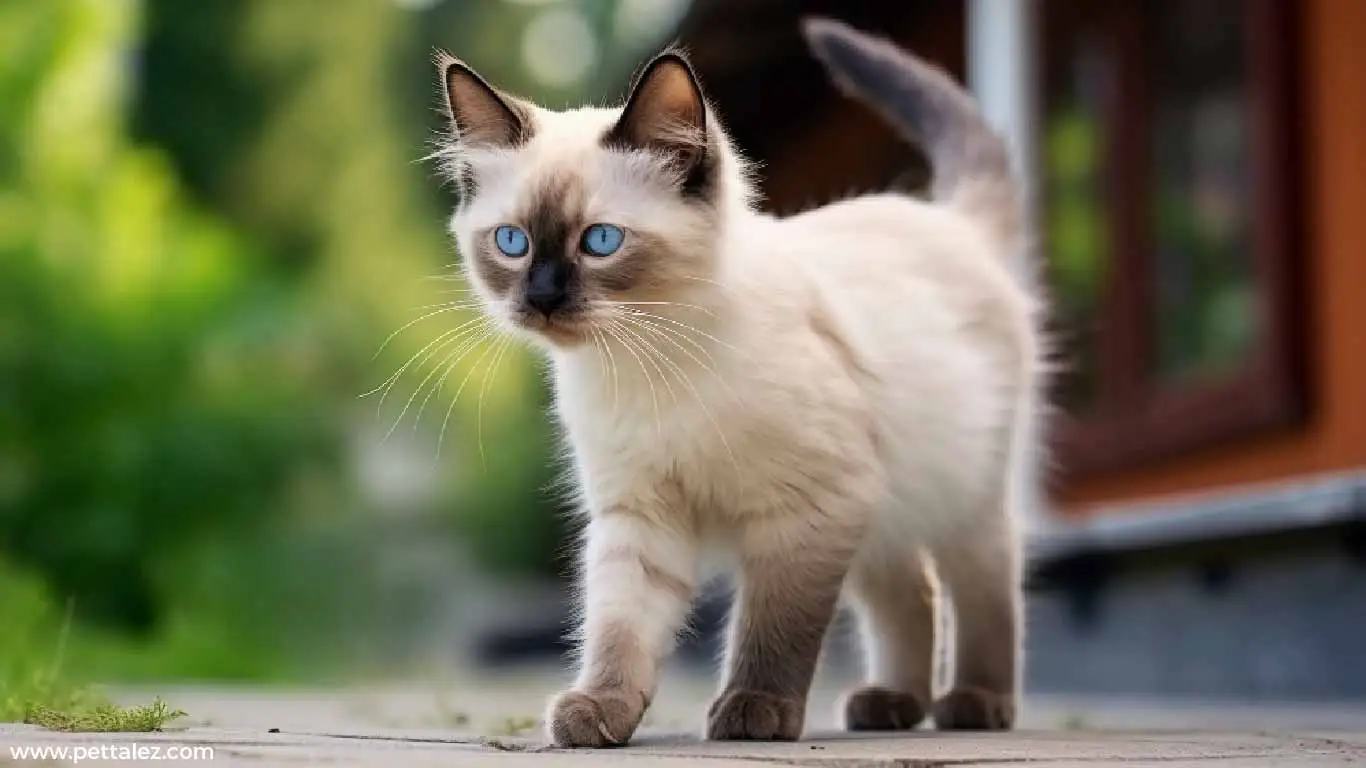
Distinctive Features
Siamese cats are instantly recognizable thanks to their striking physical characteristics:
Color-Pointed Coat:
Siamese cats have mostly creamy white fur. Their ears, face, paws, and tail are different colors, like dark brown, chocolate, gray, or pale lavender.
Almond-Shaped Blue Eyes:
Siamese cats have bright, blue, almond-shaped eyes showing intelligence and curiosity.
Sleek Build:
They have a sleek, slender, elegant body and graceful posture.
Personality
What truly sets Siamese cats apart is their captivating personality:
Vocal and Communicative:
Siamese cats are known for their chatty nature. They enjoy “talking” to their human companions with various vocalizations, from soft murmurs to loud, melodic meows.
Affectionate:
Siamese cats are affectionate and form strong bonds with their owners. They thrive on human interaction and love being the center of attention.
Playful:
Siamese cats have a playful spirit that endears them to people of all ages. They enjoy interactive toys, games of fetch, and puzzle toys that challenge their agile minds.
Intelligent:
These cats are brilliant and can be trained to perform tricks and even use the litter box. They like tasks that require them to think critically and solve problems.
Social:
Siamese cats are friendly and love being a part of the family. They follow their owners around the house, offering companionship and curiosity.
History
Siamese Cats Today
People adore Siamese cats because they sing and are very friendly. They thrive in homes with lots of love and playtime. Siamese cats create a special connection with people, which makes them popular among cat lovers.
If you want a bright, elegant cat with a bit of mischief, think about getting a Siamese cat. Their unique looks and friendly personality make families cherish them. They leave a lasting impression with their love and singing.
Maine Coon Cats: Majestic and Gentle Giants
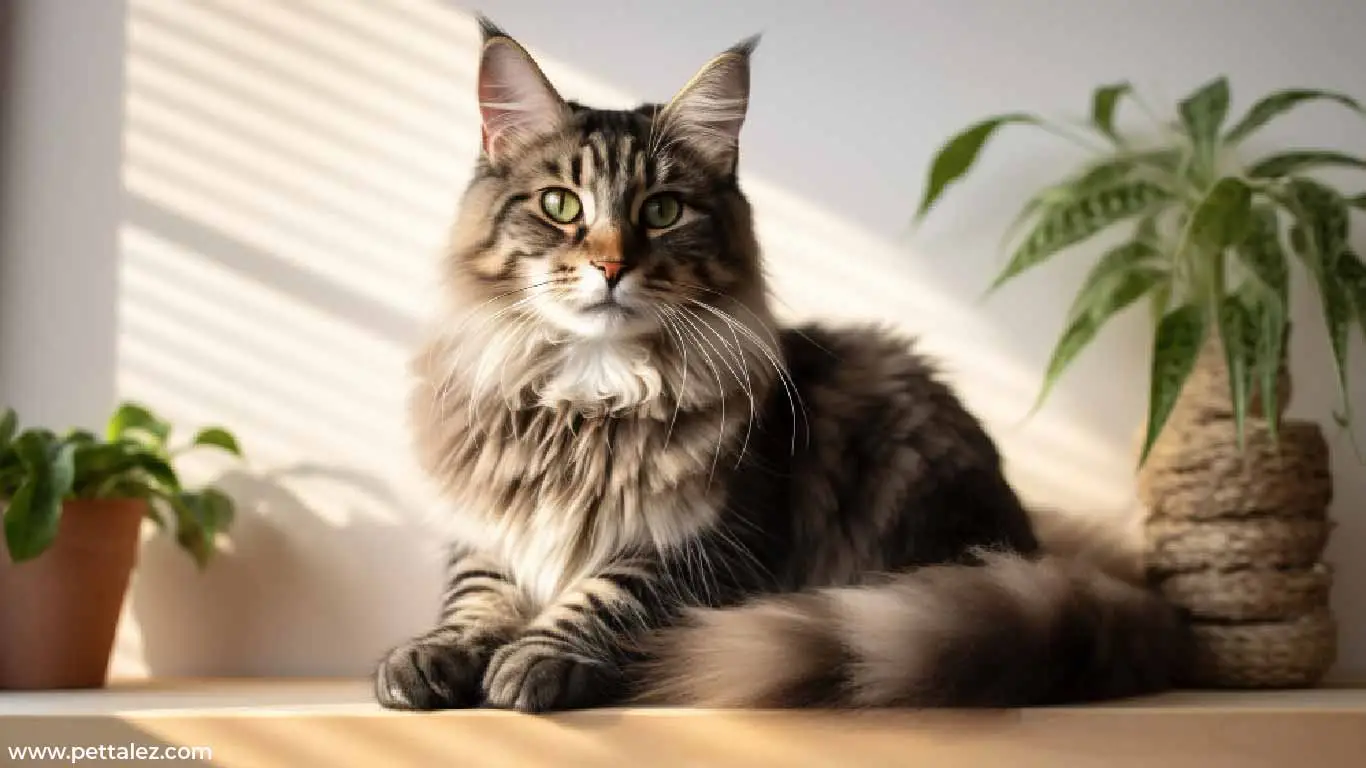
Distinctive Features
Maine Coon cats are easily recognizable thanks to their unique physical characteristics:
Large Size:
They’re one of the most giant domestic cat breeds. The guys weigh 13-18 pounds, and the gals are more petite.
Muscular Build:
Maine Coons have a robust and muscular body, contributing to their imposing presence.
Fluffy Tails:
Their long, bushy tails are a defining feature, often resembling a luxurious plume.
Tufted Ears:
Tufted ears with lynx-like tips add to their striking appearance.
Water-Repellent Fur:
Their thick fur keeps them warm in the cold and doesn’t get wet quickly. Their fur comes in different colors and patterns, like stripes, one solid color, or two colors.
Personality
Maine Coon cats are renowned for their gentle and affectionate personalities:
Friendly:
They are known for their friendliness and pleasant nature. Maine Coon cats usually like kids and other animals, which is suitable for families.
Laid-Back:
Despite their size, Maine Coons are known for their relaxed and easygoing demeanor. They enjoy lounging around the house but are also up for playtime.
Intelligent:
These cats are brilliant and enjoy problem-solving games and interactive toys.
Vocal:
Maine Coon cats don’t meow as much as Siamese cats, but they charm us with gentle chirps and trills when they talk.
Loyal:
They form strong bonds with their human companions and are known to be dedicated and devoted.
Origin and History
Maine Coon cats have a fascinating history full of stories. People think they come from Maine in the United States, but no one knows. Some say they’re a mix of house cats and raccoons, which is impossible.
Maine Coon Cats Today
Today, people worldwide love Maine Coon cats because they are kind and loving. They do best in homes where they get attention, playtime, and love from their human family. Even though they are big, they are called “gentle giants” because they are friendly and calm.
Maine Coon cats show how different cat breeds can be. Their grand looks, gentle character, and smartness make them a favorite for families and individuals. If you want a cat that’s elegant and loving, a Maine Coon cat might be just right for you.
Persian Cats: The Epitome of Elegance
Persian cats are loved worldwide because they are beautiful and calm. They have a timeless charm that people have admired for a long time.
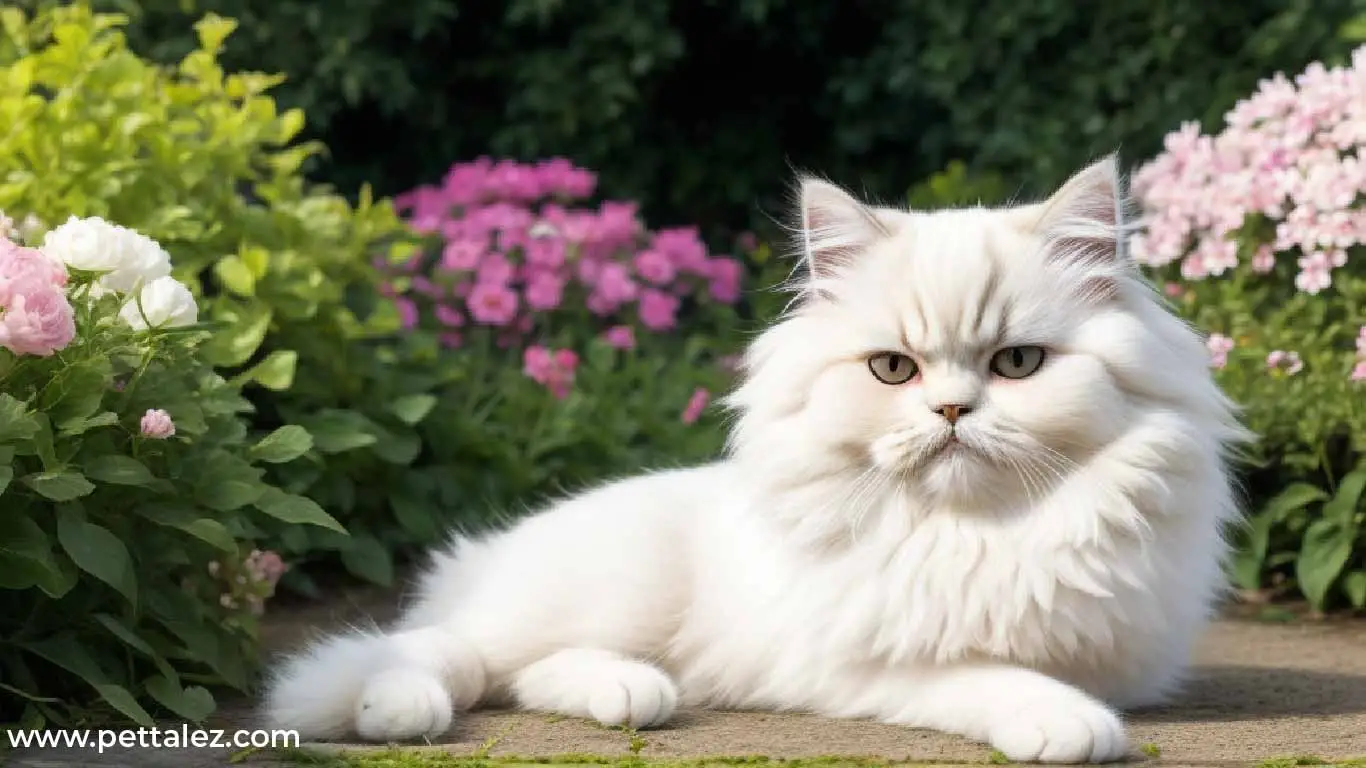
Distinctive Features
Persian cats are instantly recognizable due to their distinctive physical characteristics:
Long, Luxurious Coat:
Persian cats have an exceptional look because of their long, silky fur. Their fur can be many colors and patterns, like one color, two colors, or even Himalayan points.
Sweet Expression:
Persian cats have cute, round faces with kind, calm eyes.
Short Nose:
Persian cats look special because they have short noses that make them unique and cute.
Small, Rounded Ears:
Their small, rounded ears peek beneath their lush fur.
Personality
Beneath their elegant exteriors, Persian cats possess charming personalities:
Calm and Tranquil:
Persian cats are known for their relaxed and laid-back disposition. They prefer a peaceful and serene environment.
Affectionate:
They are profoundly loving and form strong bonds with their human companions. Persian cats thrive on gentle cuddles and close companionship.
Low Activity Level:
Persian cats don’t play a lot. They prefer to unwind and laze around.
Gentle Manners:
Persian cats are polite and well-mannered, making them a joy in the home.
History and Origins
Persian cats have a history that goes back to the 1600s. They came to Europe from Persia, which is now Iran. European kings and rich people liked them a lot because they were beautiful. Today, Persian cats are among the world’s oldest and most loved cat breeds.
Persian Cats Today
People love Persian cats. They are gentle and fancy. Their fur needs brushing to stay pretty. They look elegant and fancy.
Persian cats are great if you want a graceful and beautiful cat. They look lovely and are very calm. Whether you want a quiet friend or a fancy pet, Persian cats bring charm.
Bengal Cats: The Miniature Leopards of the Home
Bengal cats are known for their wild and graceful look. They look like small leopards, so people like them. Let’s learn more about these fantastic Bengal cats.
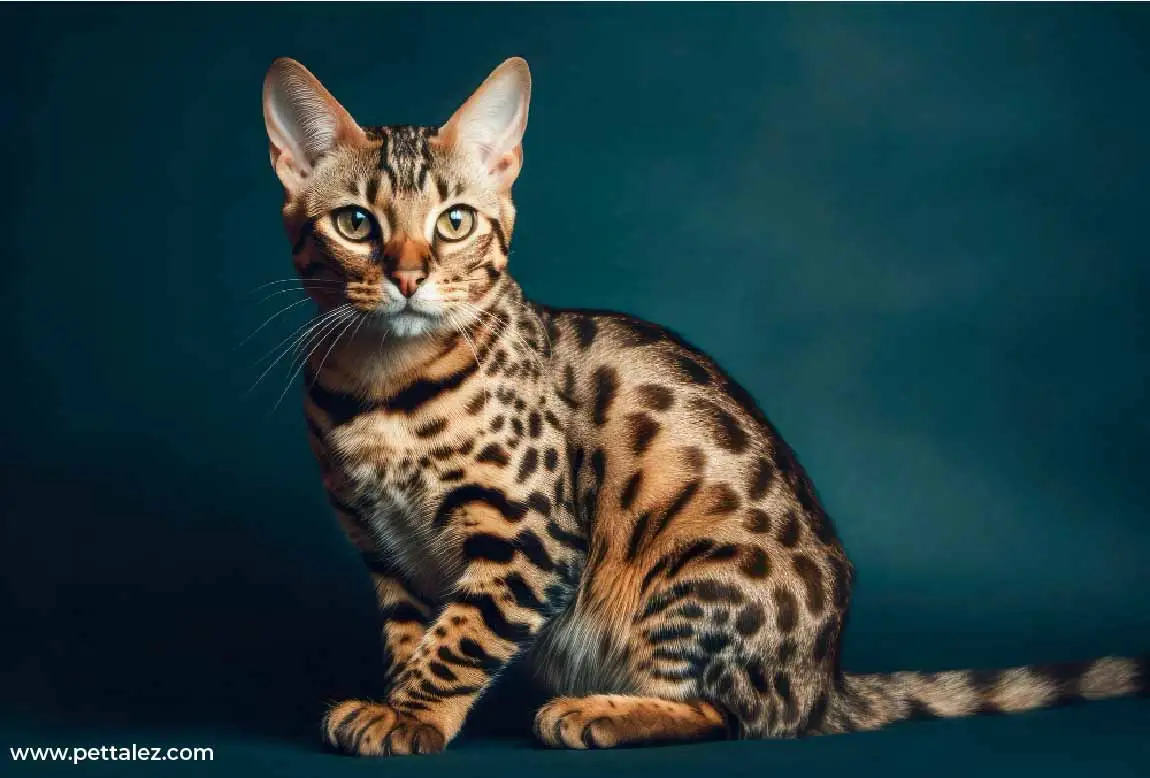
Distinctive Features
Bengal cats are renowned for their unique physical characteristics:
Coat:
Bengal cats have coats with astonishing patterns that look like leopards. The primary coat color can be golden or orange, and it looks fantastic.
Muscular Build:
Bengal cats have a firm and athletic physique, enhancing their wild cat appearance.
Almond-Shaped Eyes:
Bengal cats have big, almond-shaped eyes that can be gold or green, making them even more captivating.
Wild Appearance:
Bengal cats look wild because they are bred with the Asian leopard cat.
Personality
Beneath their wild exterior, Bengal cats have engaging characters:
Playful:
Bengal cats are renowned for having a lot of energy and enjoying playing. They want interactive toys, climbing structures, and games to challenge their agility and intelligence.
Curious and Adventurous:
These cats are interested in and enjoy exploring their surroundings. They often seek out high perches and love to observe their environment.
Affectionate:
Bengal cats like to play with and love their human friends. They also like snuggling and being in the family.
Vocal:
Bengal cats are not as vocal as other breeds but communicate through soft, musical voices.
History and Origins
The Bengal cat breed started in the 1960s. People made it by mixing regular cats with Asian leopard cats to get a wild-looking but friendly cat. That’s how we got the cool Bengal cat we see now.
Bengal Cats Today
Bengal cats are loved because they look different and are fun. They are active and intelligent, so they need things to do. Bengal cats show how wild animals can be part of our homes.
Pick a Bengal cat if you want a cat that’s like a wild and loving adventure. They look extraordinary and are energetic, making homes exciting and fancy.
Exploring these cat breeds shows us the world of feline friends. Each type has unique traits, so pick the one that matches your life. Whether you like Siamese, Maine Coon, or any of these breeds, you’ll find a loving friend among cat breeds.
How to Recognize a New Cat Breed
Identifying a cat’s breed is like solving a fun puzzle. Cats come in many different breeds, each with its unique traits. Figuring out your cat’s breed can be an exciting way to learn more about them. You can use the following steps and tips to help:
Look at Their Appearance:
Start by checking out how your cat looks. Notice their size, body shape, and legs and tail length. Some cats, like Maine Coons, are significant and muscular, while others, like Siamese cats, are slender.
Check Their Fur:
Look at the fur’s texture and color. Different breeds have different fur types. Persian cats have long, luxurious fur, while Siamese cats have short, sleek hair. Look for any unique markings, patterns, or colors on their skin.
Examine Their Face:
Study your cat’s face up close. The shape of their eyes, ears, and nose can give you clues. Siamese cats have striking blue almond-shaped eyes, and Scottish Folds have folded ears. The nose shape and facial structure can vary between breeds.
Note Their Eye Color:
Remember your cat’s eye color. Some breeds, like Siamese or Ragdoll cats, have memorable blue eyes. Others may have green, yellow, or copper-colored eyes. Eye color can help identify certain breeds.
Watch Their Behavior:
Pay attention to how your cat acts. Some breeds have specific personalities. Maine Coons are friendly and outgoing, while Russian Blues are often more reserved. Behavior can be another clue, along with physical traits.
Check Their Tail:
Look at the length and shape of their tail. Some breeds have unique tails, like the bobbed tail of an American Bobtail or the fluffy tail of a Norwegian Forest Cat.
Use Breed Charts:
Look at charts and guides online or in books about cat breeds. These resources describe breeds and have pictures to compare.
Ask a Vet or Expert:
Veterinarians or cat experts can give hints about your cat’s breed based on appearance. They have experience identifying breeds.
Read Pedigree Papers:
If you got your cat from a breeder and have papers, they’ll tell you the breed. Pedigree papers show your cat’s family history.
Think About DNA Testing:
Consider a DNA test made for cats. It can accurately reveal your cat’s breed background.
Ask Previous Owners or Shelters:
If you adopted your cat, ask the previous owner or shelter if they know the breed. They might have information or records.
Remember, many cats are mixes, which makes them unique. Figuring out their breed can be fun, but what matters most is giving your cat love, care, and a happy home.
Conclusion
In conclusion, the world of cat breeds is diverse and captivating. From the elegant Siamese to the gentle giant Maine Coon, each species brings its unique charm. Whether you’re a seasoned cat enthusiast or a curious new breed, exploring the multitude of cat breeds is a delightful journey. Therefore, if you’re wondering, “How many different breeds of cats are there?” The answer is plenty; each one is waiting for you to discover and adore.
FAQs About Cat Breeds
Are All Cat Breeds Domesticated?
No, not all cat breeds are domesticated cats. Some species, like the Bengal cat, have wild ancestors, making them more akin to their feral cat relatives.
Do Cat Breeds Have Specific Health Concerns?
Yes, some cat breeds are prone to specific health issues. For instance, Persian cats may suffer from respiratory problems due to their flat faces, known as brachycephalic features.
What Is the Rarest Cat Breed?
The Sokoke cat, native to Kenya, is considered one of the rarest cat breeds globally, with a distinctive and wild appearance.
How Do I Pick the Best Breed of Cat for Me?
Choosing the right cat breed depends on your lifestyle, preferences, and living situation. Looking up info about the breed and talking to breeders can help you make an intelligent choice.
Are All Cat Breeds Hypoallergenic?
No, not all cat breeds are hypoallergenic. Some cat breeds, like the Siberian cat, are known to produce fewer allergenic proteins, but individual reactions may vary.
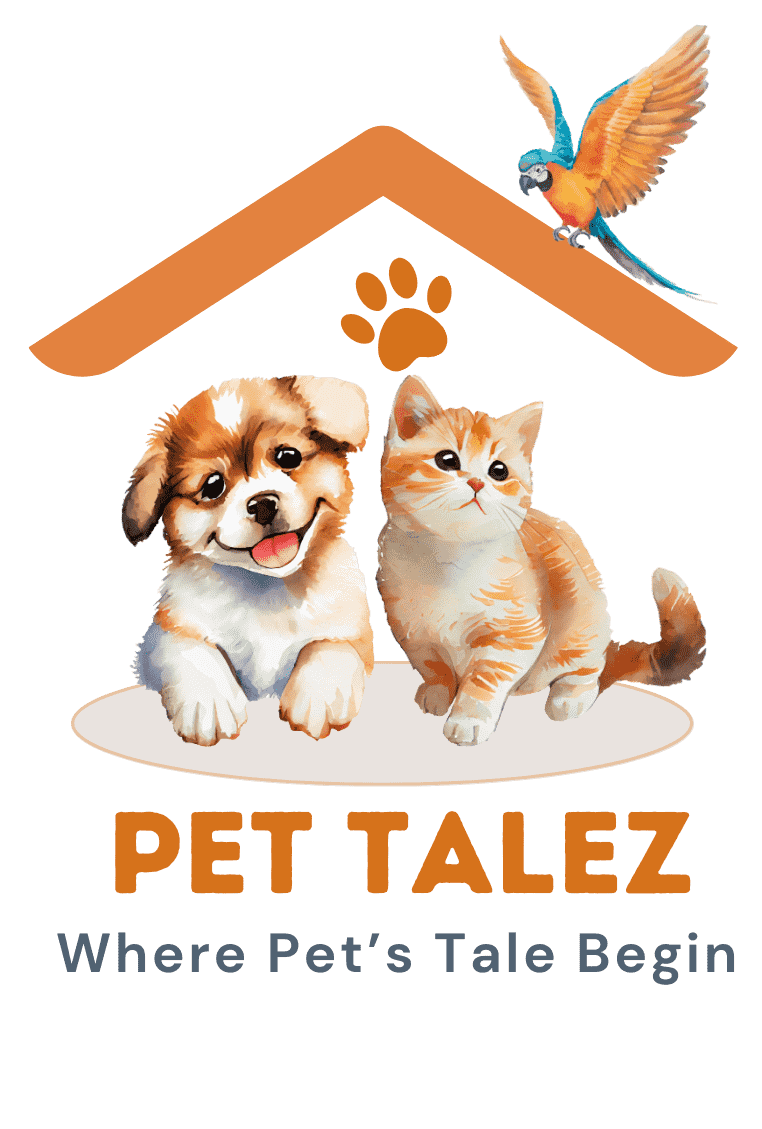
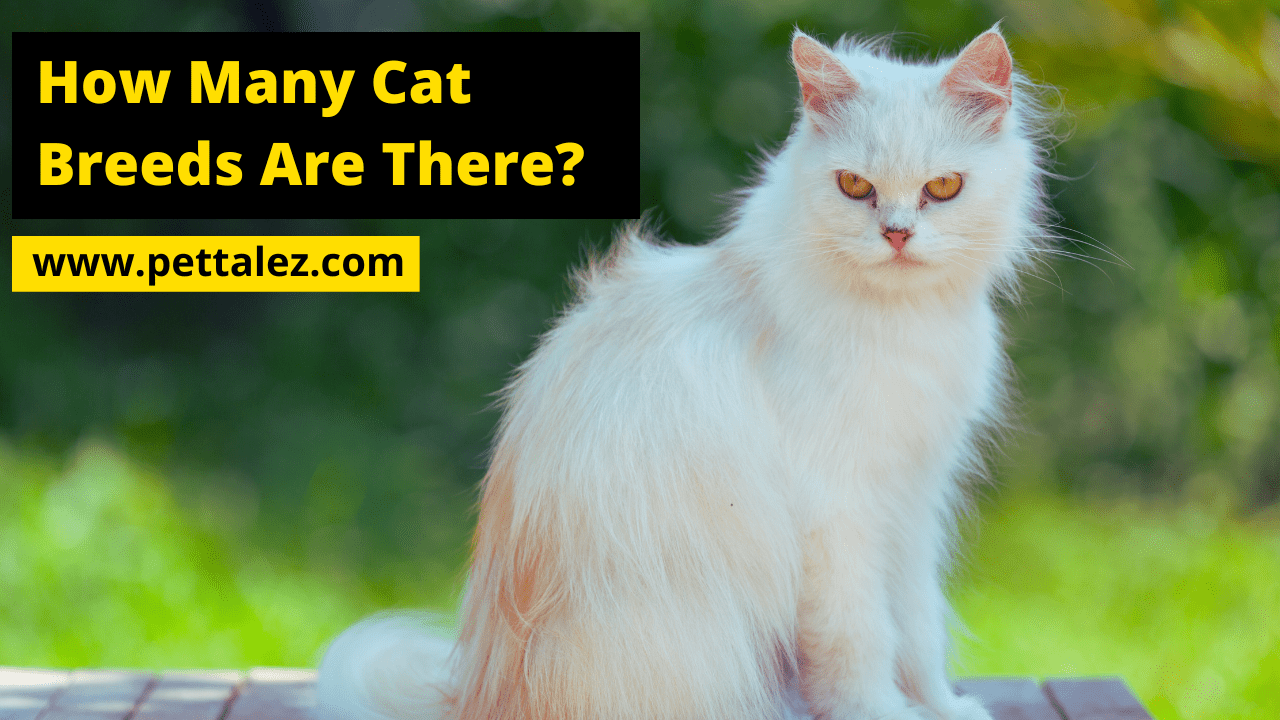
I appreciate your insightful remarks! Your commitment enhances our conversation about feline varieties. We appreciate what you do for our community and hope to hear more from you.